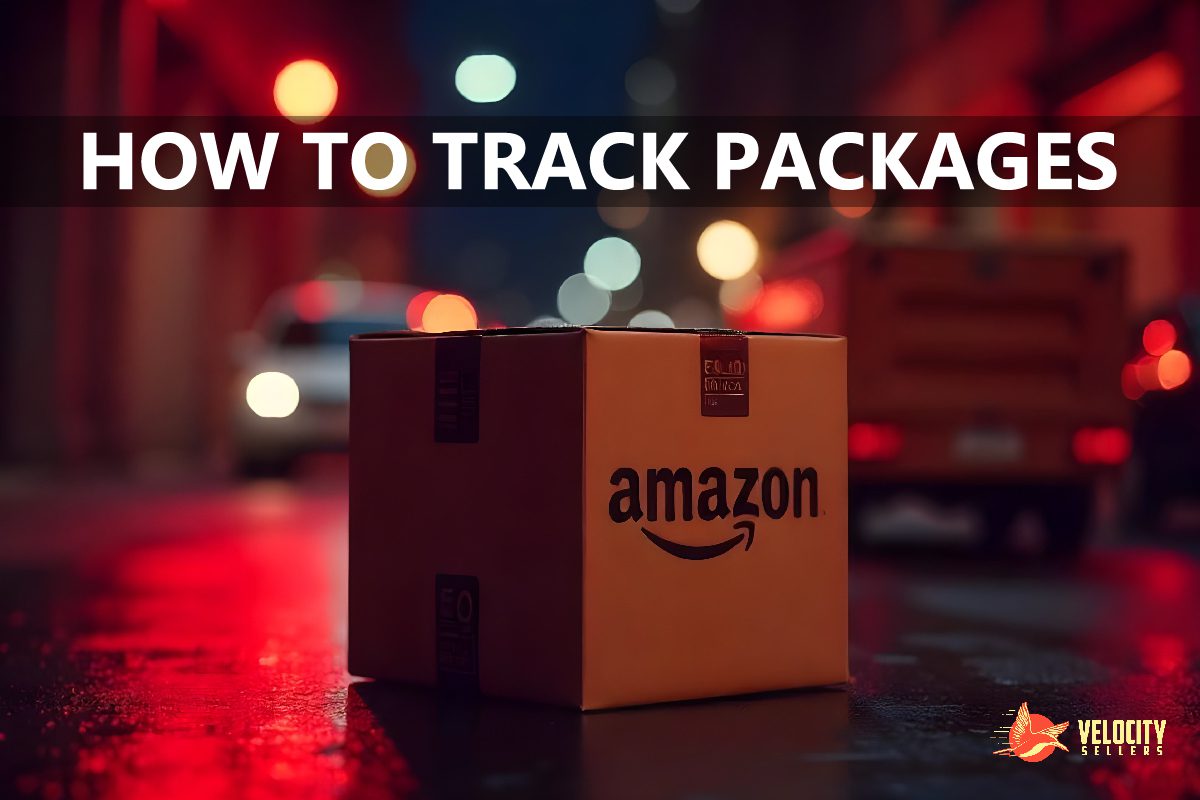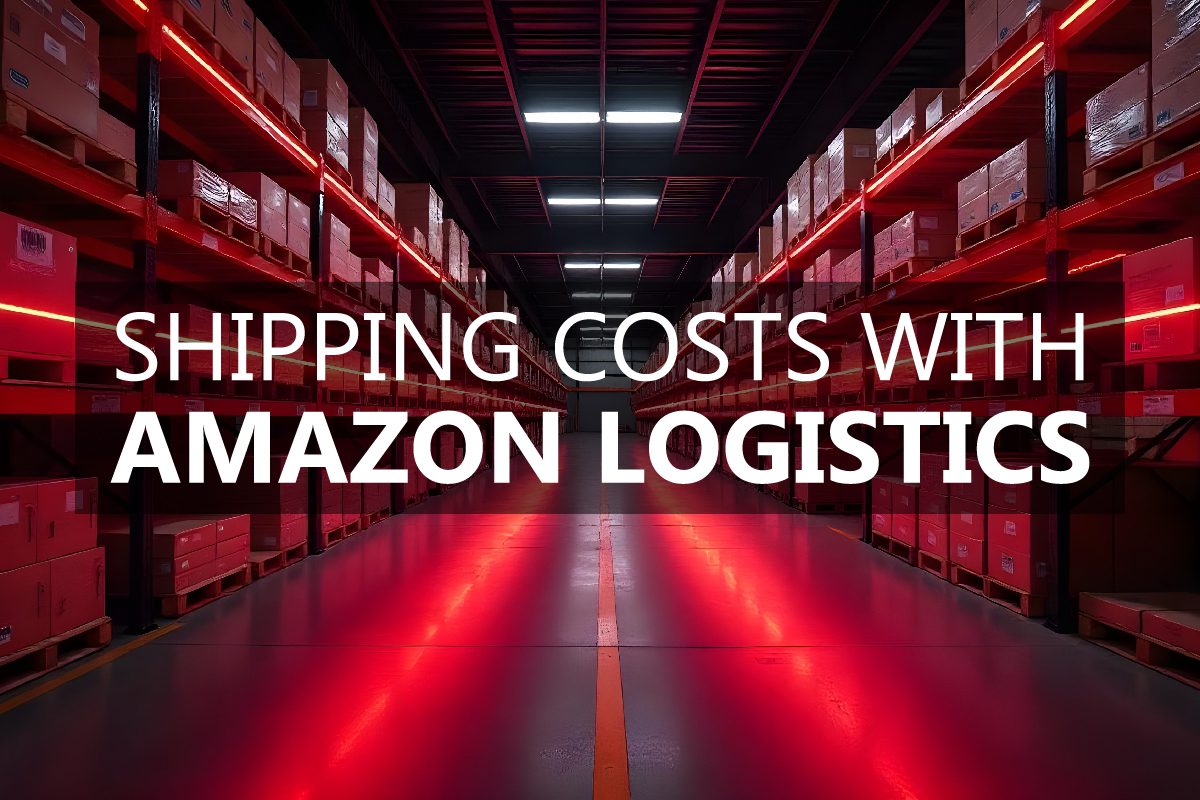In the world of e-commerce, efficient shipping is one of the most important aspects of running a successful business. Amazon, one of the largest e-commerce platforms globally, has revolutionized how products are delivered to customers with its proprietary delivery system, Amazon Logistics. As an Amazon seller, leveraging this network allows you to streamline your shipping process, reduce costs, and improve customer service. Understanding how to ship with Amazon Logistics effectively can be a game-changer for your business.
This comprehensive guide explores Amazon Logistics’s intricacies, explains how it compares to traditional shipping methods, and offers best practices for optimizing your logistics strategy. From tracking packages to ensuring timely deliveries, this article will help you unlock the full potential of Amazon’s logistics platform.
What Is Amazon Logistics and How Does It Work?
Amazon Logistics is Amazon’s in-house delivery service that manages last-mile deliveries, transporting goods from fulfillment centers to customers’ doorsteps. What sets Amazon Logistics apart from traditional carriers like FedEx and UPS is the advanced technology behind it. Amazon uses sophisticated algorithms to optimize delivery routes, enabling faster and more efficient deliveries.
By integrating its logistics services into the Amazon ecosystem, the company ensures that its products and third-party sellers’ items are delivered seamlessly. When a product is shipped with Amazon Logistics, it enters a highly optimized system that can scale with your business.
How Does Amazon Logistics Work for Sellers?
For sellers, shipping with Amazon Logistics is simple yet effective. Here’s how it works:
- Product Shipment to Fulfillment Centers: Sellers send their inventory to Amazon’s fulfillment centers. Maintaining sufficient stock levels is essential to ensure smooth order processing.
- Order Placement: Amazon automatically handles the fulfillment when a customer places an order. This includes picking the item from the warehouse, packing it, and preparing it for shipment.
- Delivery by Amazon Logistics: Once the order is ready, Amazon Logistics arranges delivery. The package is assigned a tracking number, allowing the seller and customer to monitor its real-time progress.
The Benefits of Using Amazon Logistics
For Amazon sellers, there are several advantages to utilizing Amazon Logistics, including:
- Fast Delivery Times: Amazon Logistics enables sellers to offer Prime-eligible shipping, which guarantees fast delivery options such as same-day, next-day, or two-day shipping.
- Cost Efficiency: Since Amazon handles last-mile delivery, sellers can take advantage of lower shipping rates, especially when using the Fulfilled by Amazon (FBA) program.
- End-to-end Management: Amazon handles everything from inventory management to order processing and delivery, giving sellers more time to focus on scaling their business.
The Role of Tracking Numbers in Amazon Logistics
A key feature of Amazon Logistics is the real-time tracking number assigned to each order. This tracking number is essential not only for customers but also for sellers. It provides valuable insight into where the package is at any given time, helps mitigate customer concerns, and plays a crucial role in managing customer expectations.
How Does Tracking Work?
The tracking system is fully integrated into the Amazon platform. The seller and the customer can follow the package’s progress, ensuring transparency throughout delivery. The tracking number updates automatically as the package moves from the fulfillment center to the customer’s doorstep. This feature is handy for handling customer service inquiries, as you can provide real-time updates without leaving the Amazon system.
Why Tracking Numbers Matter for Sellers
Tracking numbers aren’t just for customer satisfaction—they are also a valuable tool for sellers. Providing accurate and timely tracking information can significantly reduce the number of inquiries you receive about order statuses. It can also help you resolve disputes more effectively, as you can use tracking data to verify delivery times or identify delays.
Pro Tip: Always ensure your customers have easy access to tracking information. A well-informed customer is more likely to be satisfied with their purchase and less likely to leave negative feedback due to delayed shipments.

How to Track Packages Shipped with Amazon Logistics
Tracking packages is straightforward for customers. They log into their Amazon account, navigate to the “Your Orders” section, and click on “Track Package.” Sellers, too, have full visibility over the shipping process and can monitor the status of each shipment.
Steps to Track a Package:
- Log In: First, customers log into their Amazon account.
- Find the Order: In the “Your Orders” section, the customer selects the relevant order.
- Click on Track Package: This option provides real-time updates, including the package’s location, estimated delivery times, and whether it is out for delivery.
Amazon’s advanced tracking capabilities offer a seamless experience, ensuring sellers respond quickly to potential issues. By providing a tracking number, sellers reduce the volume of customer service inquiries while increasing customer satisfaction.
Maximizing the Benefits of Amazon Logistics: Best Practices for Sellers
Shipping with Amazon Logistics is one of the best ways to improve your business operations, but sellers can use several strategies to maximize the benefits. Implementing these best practices will help ensure your orders are processed smoothly and your customers receive timely purchases.
1. Optimize Inventory Management
The foundation of a successful logistics operation starts with effective inventory management. Ensure you consistently monitor your stock levels to get all the popular items. Sellers who frequently experience stock shortages risk losing sales and damaging their reputation with customers. Amazon provides tools within its Seller Central platform to help you track inventory and set up alerts for low stock levels.
Pro Tip: Monitor seasonal demand spikes and ensure you have enough inventory to meet customer expectations, especially during peak shopping.
2. Provide Accurate Shipping Information
Accuracy is key to customer satisfaction. Ensure you input your products’ correct dimensions and weights into Amazon’s system. Providing inaccurate data can lead to shipping delays, unexpected fees, or even returns. Customers are likelier to leave positive reviews if their orders arrive on time and in perfect condition.
Tip: Double-check that your product information, including weight, dimensions, and delivery expectations, is up to date.
3. Stay on Top of Customer Service
While Amazon handles most logistics, sellers are still responsible for maintaining excellent customer service. Respond to customer inquiries quickly and ensure that you communicate clearly about shipping times, delays, or any other issues that may arise. If a customer reaches out about a delayed shipment, use the tracking information to keep them informed and manage their expectations.
Actionable Tip: Set up automated responses within Seller Central to provide customers with tracking numbers and estimated delivery times as soon as their package is shipped.
Common Challenges of Using Amazon Logistics and How to Overcome Them
Even though Amazon Logistics provides many advantages, sellers may occasionally encounter challenges. Understanding these issues is important so you can resolve them efficiently and maintain high customer satisfaction.
Delays During Peak Seasons
Amazon’s network is vast, but like any logistics system, it can experience delays during high-volume periods such as the holiday season, Prime Day, or Black Friday. During these times, sellers may face shipping delays, which can frustrate customers expecting same-day or next-day delivery.
Handling Lost Packages
Though rare, lost packages do occur. This can be especially incredible for sellers and customers, leading to negative reviews and returns. Fortunately, Amazon supports lost packages, especially for sellers using FBA. If a package is lost in transit, Amazon will work with you to resolve the issue, often reimbursing the seller or reshipping the item to the customer.
Proactive Solutions:
- Communicate Early: If you anticipate delays, let your customers know immediately. Proactive communication helps reduce frustration and sets realistic expectations.
- Leverage Amazon’s Support: Amazon’s customer support team can help resolve shipping issues. Make sure you know how to access support and use it when needed to resolve problems quickly.

Managing Shipping Costs with Amazon Logistics
While Amazon Logistics offers competitive rates, managing shipping costs is still a key concern for many sellers. To maximize profitability, consider the following strategies to reduce your shipping expenses.
Bulk Shipments to Fulfillment Centers
One of the most effective ways to reduce shipping costs is by sending products in bulk to Amazon’s fulfillment centers. Bulk shipping lowers per-item costs and ensures that inventory is always available to meet customer demand.
Use Amazon’s Shipping Discounts
Sellers using Fulfilled by Amazon (FBA) automatically qualify for discounted shipping rates. These rates can be significantly lower than those available to sellers shipping products independently through traditional carriers. By relying on Amazon’s extensive logistics network, you can reduce costs while offering customers fast shipping options.
Monitor Shipping Performance Metrics
Amazon provides detailed reports that allow you to track shipping performance and costs. Regularly reviewing these reports will help you identify opportunities for further savings or areas where shipping times may need improvement.
Enhancing Customer Satisfaction with Amazon Logistics
Fast, reliable shipping is one of the most critical factors in keeping customers happy. With Amazon Logistics, sellers can deliver a seamless shopping experience that enhances customer satisfaction and leads to repeat purchases.
The Power of Real-Time Tracking
Offering customers real-time tracking gives them peace of mind and improves their shopping experience. With a tracking number, customers can see exactly where their package is and when it will arrive. This level of transparency builds trust and encourages customers to return for future purchases.
Pro Tip: Ensure customers receive tracking numbers when their package is shipped. A seamless tracking experience can lead to better reviews and higher seller rankings on Amazon.
Leveraging Customer Feedback
Once a package has been delivered, encourage customers to leave feedback about their experience. Positive reviews help build credibility and trust, while constructive criticism allows you to improve your shipping and customer service processes.
Actionable Tip: Automate post-delivery emails that request customer feedback. Be sure to thank your customers for their purchase and provide a link for them to leave a review.

Final Thoughts: Is Amazon Logistics Right for Your Business?
Shipping with Amazon Logistics offers a powerful way to streamline your fulfillment process, reduce costs, and deliver a seamless customer experience, whether you’re a new seller or an established business. Leveraging Amazon’s logistics network can significantly improve your operations and customer satisfaction.
Implementing the best practices outlined in this guide—such as maintaining sufficient inventory, providing accurate tracking information, and managing customer expectations—can ensure your business runs smoothly and efficiently. Amazon Logistics allows you to focus on growing your brand while Amazon takes care of the logistics.
Amazon Logistics is an invaluable tool for any seller looking to expand their business, reduce shipping headaches, and boost customer satisfaction.



